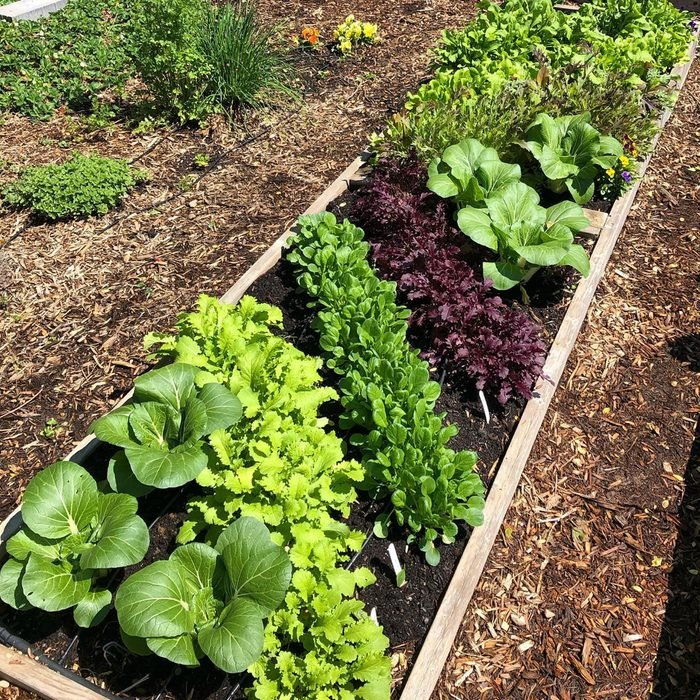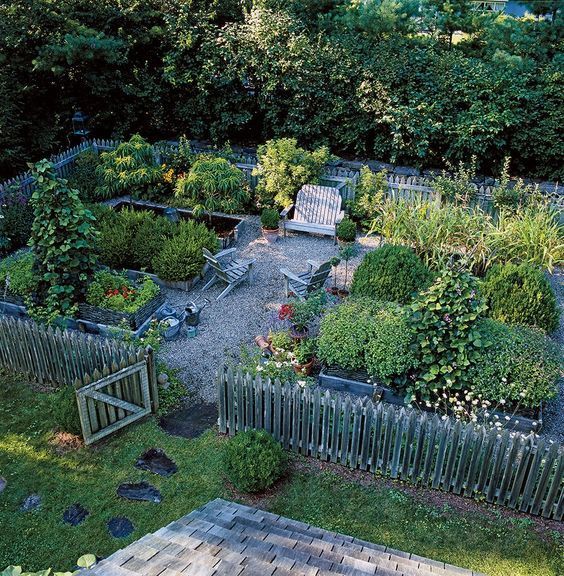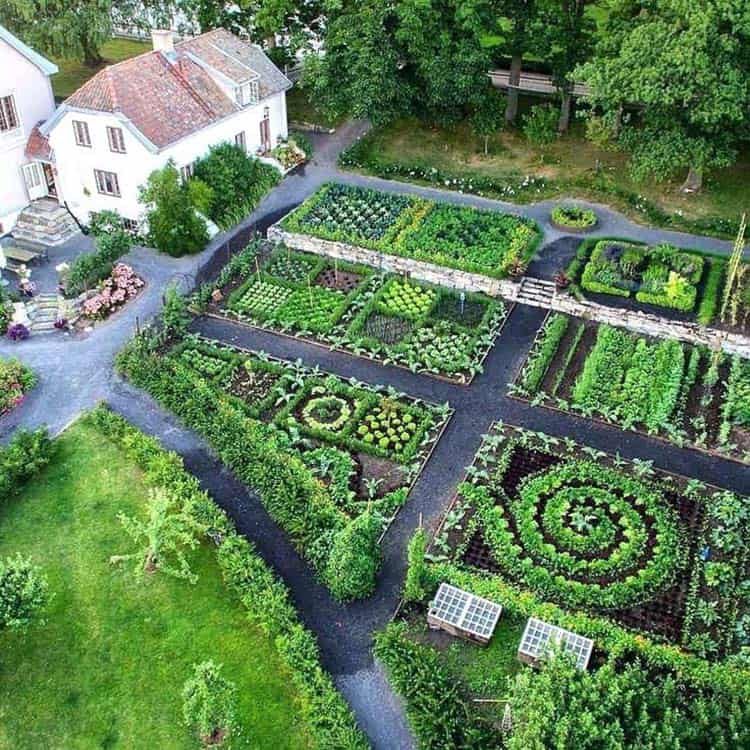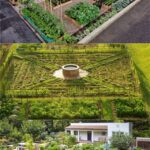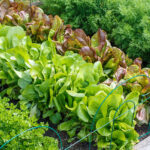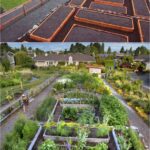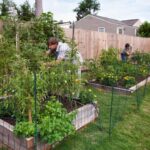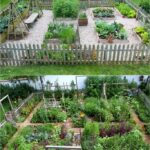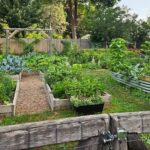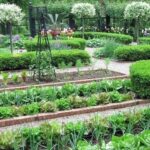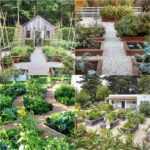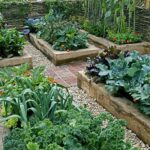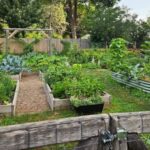Creating a vegetable garden is a rewarding and sustainable way to provide fresh produce for your family. When designing a vegetable garden, there are a few key factors to consider in order to maximize space and yield.
One important aspect of vegetable garden design is choosing the right location. Most vegetables require full sun to thrive, so select a spot in your yard that receives at least six to eight hours of sunlight per day. Additionally, make sure the area is easily accessible for watering, weeding, and harvesting.
Another crucial consideration in vegetable garden design is the layout of the garden beds. Raised beds are a popular choice for vegetable gardens, as they provide good drainage, prevent soil compaction, and make planting and harvesting easier. Planting in raised beds also allows you to control the quality of the soil, ensuring that your vegetables have the nutrients they need to grow healthy and strong.
When planning the layout of your vegetable garden, consider companion planting. Certain plants thrive when planted together, while others should be kept apart to prevent competition for resources or pest infestations. For example, planting marigolds alongside tomatoes can help deter pests, while planting beans near corn can improve nitrogen levels in the soil.
In addition to companion planting, rotate your crops each year to prevent soil depletion and reduce the risk of disease. For example, avoid planting members of the same plant family in the same spot year after year. Instead, alternate the location of your crops to promote healthy soil and maximize yield.
Finally, don’t forget to incorporate vertical gardening strategies into your vegetable garden design. Growing vines like cucumbers, squash, and tomatoes on trellises or other supports can save space in your garden and increase air circulation, reducing the risk of disease. Vertical gardening also makes harvesting easier and can create a visually appealing element in your garden. By carefully planning the location, layout, companion planting, crop rotation, and vertical gardening, you can design a productive and beautiful vegetable garden that will provide fresh and healthy produce for you and your family all season long.
